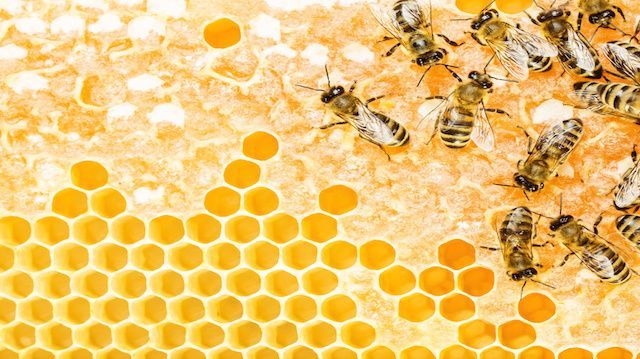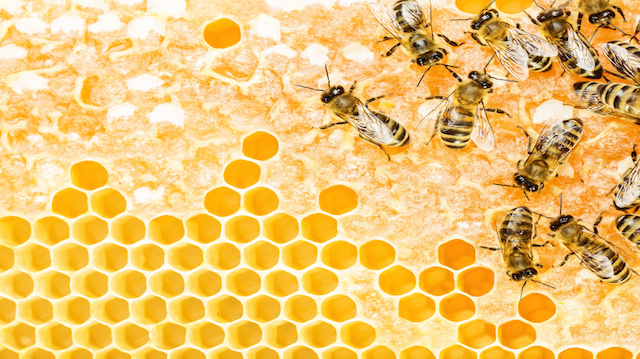
A federal appeals court has ruled that the Environmental Protection Agency (EPA) cannot at this time approve a pesticide called sulfoxaflor. Originally marketed by the agricultural company Dow AgroSciences, the court has determined that there is not enough evidence to show that the pesticide is safe to be used on American farms.
According to court records, the federal court has determined that use of the pesticide could damage the “precariousness of bee populations.” In short, the court believes there is evidence to show that use of the pesticide would kill more bees. The court stated that the “flawed and limited data” supplied by Dow AgroSciences was not strong enough to show that the pesticide was safe for use and would protect American bee colonies.
“I am inclined to believe the EPA… decided to register sulfoxaflor unconditionally in response to public pressure for the product and attempted to support its decision retroactively with studies it had previously found inadequate,” one of the judges said in an official statement about the court’s decision.
What is sulfoxaflor?
 Sulfoxaflor is an insecticide in the class of pesticides known as neonicotinoids. Neonicotinoids are used primarily to destroy sucking and root-feeding insects. They work systemically and are absorbed into the plant or seed to which they are applied. Neonicotinoids are used on virtually all corn and a third of soy crops in the U.S.
Sulfoxaflor is an insecticide in the class of pesticides known as neonicotinoids. Neonicotinoids are used primarily to destroy sucking and root-feeding insects. They work systemically and are absorbed into the plant or seed to which they are applied. Neonicotinoids are used on virtually all corn and a third of soy crops in the U.S.
Neonicotinoids have been shown in multiple studies to negatively affect bee populations around the world. Studies have shown that neonicotinoids in small doses can cause flight and navigation problems in bees. In large doses, these pesticides can damage a bee permanently or kill it. Even more troubling, neonicotinoid residue can exist in soil for several years after the original application, putting bees at risk over a long timespan. If neonicotinoids are used several years in a row, the pesticide levels build up, creating an even more dangerous situation for bee populations.
The sulfoxaflor story
The EPA first approved sulfoxaflor back in 2013, stating that the product was able to benefit cotton and rice farmers by reducing pesticides required for those crops. However, bee advocates from the National Honey Bee Advisory Board and elsewhere quickly appealed the decision stating that even the EPA didn’t believe that sulfoxaflor was safe for insect pollinators. That same year, the European Union ceased all use of neonicotinoids for two years to see how bee colonies would be affected.
Now in 2015, in a surprising development, the law has ruled on the side of the bee advocates. However, the ruling only applies to sulfoxaflor sold as a foliar spray for citrus fruit, stone fruit, soybeans, cotton, nuts, potatoes, grapes, strawberries and other vegetables. The ruling did not outlaw all neonicotinoids, leaving the deadly bee-killing pesticides imidacloprid and clothianidin still an option for farmers to use. These are the neonicotinoids prevalent in two of the largest crops in America: soybeans and corn.
However, bee advocates see this first win as a good sign for the future protection of bee colonies and other pollinators, the insects desperately needed by the farming industry. The ruling will henceforth require the EPA to evaluate how new pesticides will affect bees before they may be approved. The EPA will have to complete rigorous tests to make sure all new pesticides are safe for use with bees. However, there is no requirement for the EPA to run those tests on previously-approved pesticides, despite evidence that they are harmful for bees.
As we consider these pesticides and the threat they pose to bees, it may be wise to consider the effect of neonicotinoids on human health as well. As a systemic pesticide, they are absorbed into the plant, into the food that we eat. Do you consume only organic corn and soy products?
—The Alternative Daily
Sources:
http://ento.psu.edu/publications/are-neonicotinoids-killing-bees
http://earthjustice.org/sites/default/files/files/sulfoxaflor-opinion.pdf

